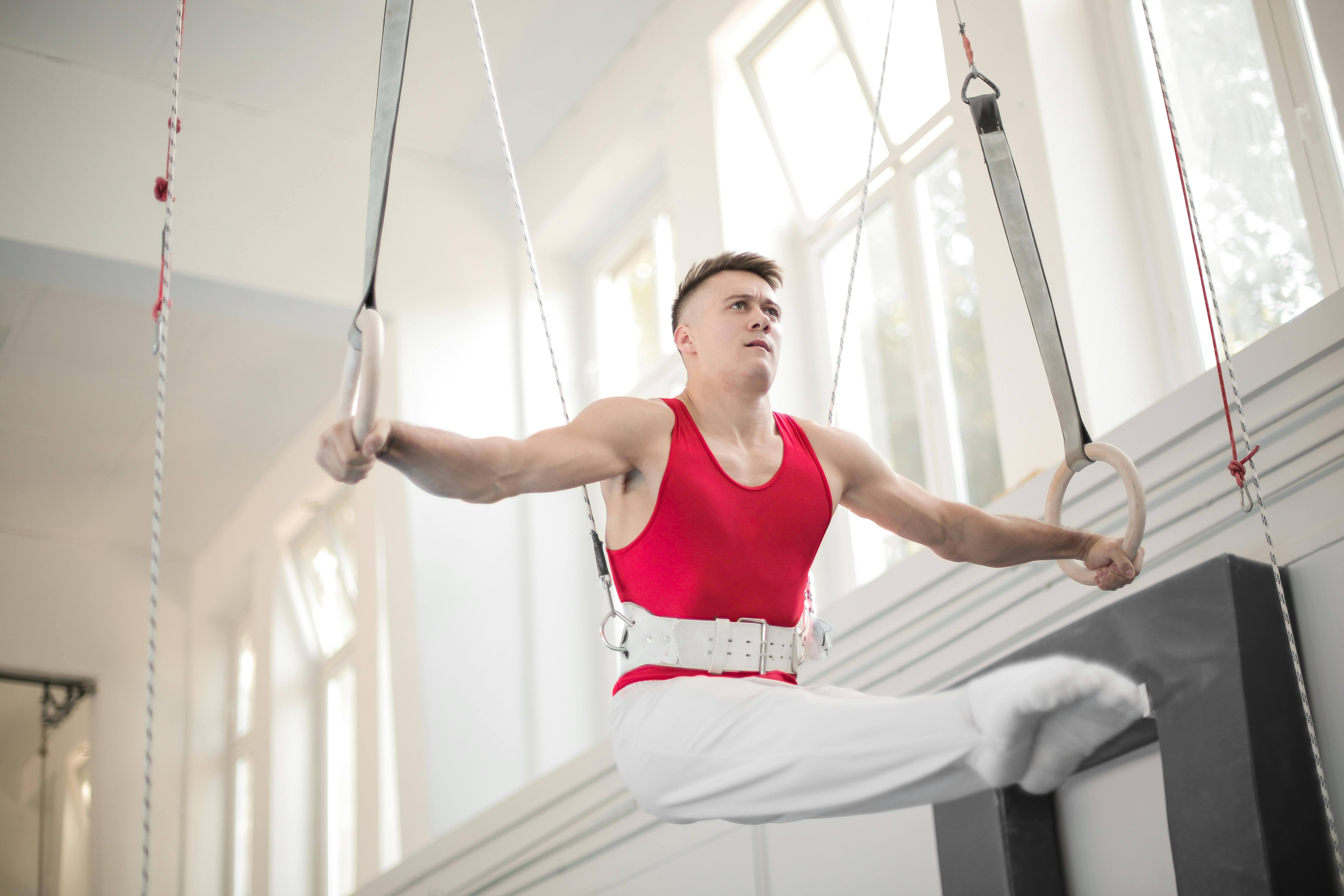
Strength Training Tips for Seniors
Many seniors wouldn’t even consider lifting weights or doing strength training exercises, thinking it’s something much younger and fitter can do.
However, a person is never too old to do strength training exercises. In fact, regular exercise is the best prescription for independent, active, and healthy aging, according to AARP, the National Institute on Aging, and the Centers for Disease Control and Prevention.
Studies show that all adults, including the elderly, can benefit from as little as 15 minutes a day of moderate cardiovascular exercise. Thirty minutes a day of light to moderate cardio is the optimal level, and the good news is that cardio can be broken into segments (ie brisk walking in the morning, swimming in the afternoon).
Adults, including the elderly, are also recommended to do strength-training exercises two to three times a week.
Although exercise programs for seniors (generally considered people ages 50 to 60 and older) change considerably from what younger generations are doing in the gym, strength training for seniors can help people of all ages. age to increase muscle strength, strengthen bones, combat and/or delay the effects of arthritis, and improve balance and mobility. Regular exercise is also important to help maintain strong heart function and a healthy weight.
Jim Androsik, a physical therapist at Wooster Community Hospital’s HealthPoint Health and Wellness Center in Ohio, has seen great benefits from seniors he has worked with who have followed a strengthening and conditioning program.
“In general, the older people we work with are people 60 and older who are referred to us by a doctor,” Androsik said. “Doctors give us some guidelines, such as how often and how long a person should exercise and comments on their overall health.
“Then we developed a program for them.”
Exercise programs for seniors can obviously vary greatly depending on age and health, but there are usually basic guidelines that Androsik has its seniors follow.
“Typically, we recommend that an older person do strength-training exercises two to three times a week,” he said. “We look at their needs to determine exactly what exercises they will do, for example, if they experience back pain, shoulder pain, arthritis, etc.”
Here’s a basic exercise program for seniors based on Androsik’s advice and other research I’ve done. Again, these are general recommendations and seniors should consult a physician before beginning an exercise program. It would also be very beneficial for older people to exercise as part of a group or class, to help with motivation, to ensure they are using the correct techniques, and of course to enjoy the social aspect of exercise):
Cardio exercise (3-4 times per week)
Tip: Do low-impact exercises that are easy on your joints. Start very slowly before increasing duration and resistance. Start with 5-minute cardio and slowly progress to 15 minutes or more if you can.
Choose from the following: treadmill, walking track, stationary bike, pool exercises, yard work, etc.
Weightlifting/strength training (2-3 times per week) Tip: Androsik says it’s important to do high reps on exercises with little resistance or weight. Do light stretches before doing strength training exercises. Here is a sample strength training program that an older person could do:
* Good Morning Tip 1 x 15 (one set of 15 reps): Stand up straight, slowly bend over to touch your toes or bend over as far as is comfortable, get back up and repeat.
*Shoulder Rotation Tip 1 x 15: Stand up straight with your arms parallel to your sides, rotate your shoulders 15 times in each direction. Good warm-up exercise.
* Crunches – 1×15
* Side bends – 1 x 15
* Squats – 1 x 12-15 tip: Use bar, machine or no weights. Keeping your back straight facing forward at the point on the wall, lower as tolerated, but no lower than parallel with your knees.
* Lunge – 1 x 12-15 tip: hold dumbbells to make it harder
* Calf Raise – 1 x 12-15 Tip: Hold weights to make it harder or use the machine.
* One Arm Rows – 1 x 12 – Tip 15: Balance one knee on the bench and the other leg on the ground. Pull the dumbbell up and down with your arm at your side planted on the floor. Build shoulder strength.
* Rotator cuff with band or machine – 1 x 12-15 internal rotation, 1 x 12-15 external rotation. Tip: Have a doctor or trainer show you how to do this, great for preventing shoulder pain.
* Curl with dumbbells – 1 x 12 – 15 tip: do them sitting or standing
* Dumbbell bench press – 1 x 12 – 15 tip: do them lying on a bench
* Openings with dumbbells – 1 x 12 – 15 tip: do them lying on a bench
* Triceps extension – 1 x 12 – Tip 15: use machine or dumbbell. This is just a general plan to give seniors some ideas, but it’s best to work with a coach. Adjust as needed. Remember to use light weights and do high reps.
“Exercise can provide lifelong benefits,” Androsik said. “It can minimize or slow down arthritic changes.”
Basically, exercise can greatly slow down the aging process for many people, and if seniors find a program they enjoy, it can be fun. What are you waiting for the elderly? Get back to the gym!


